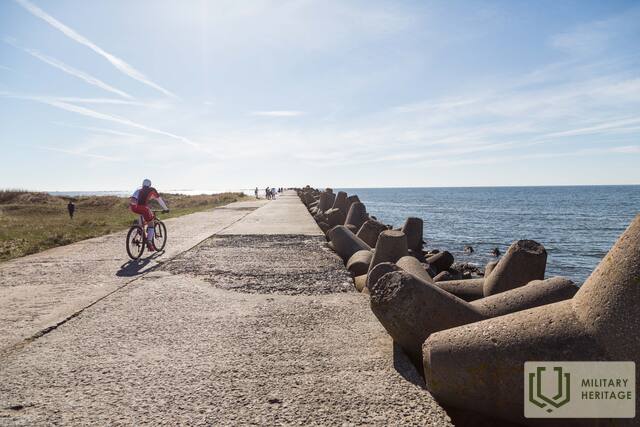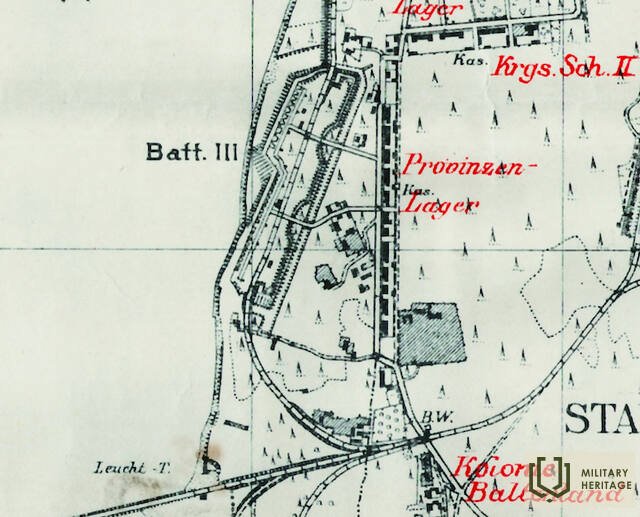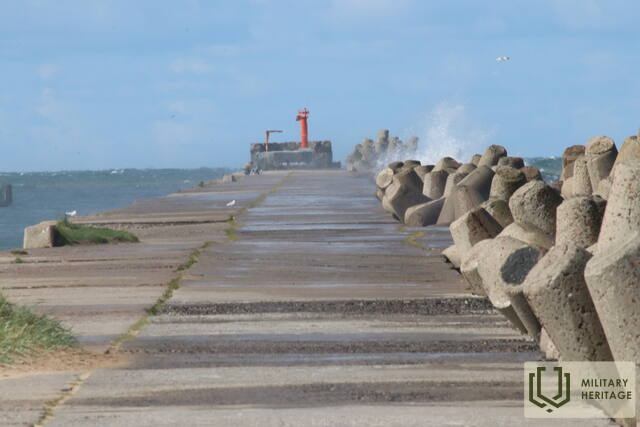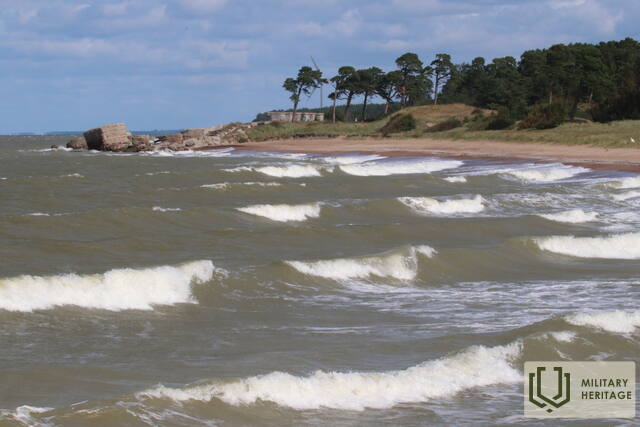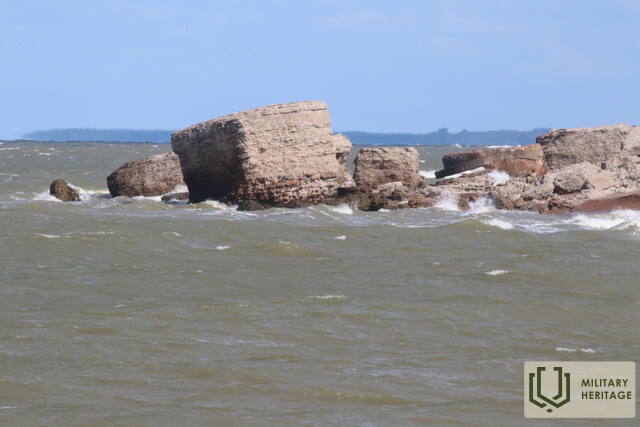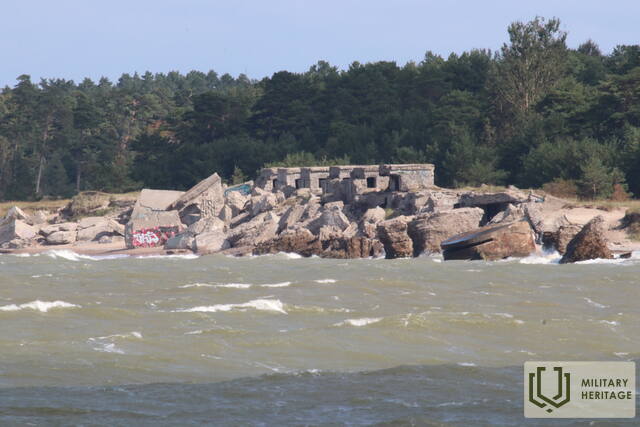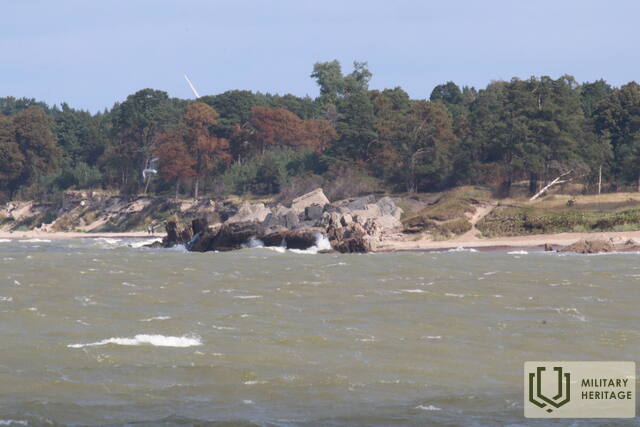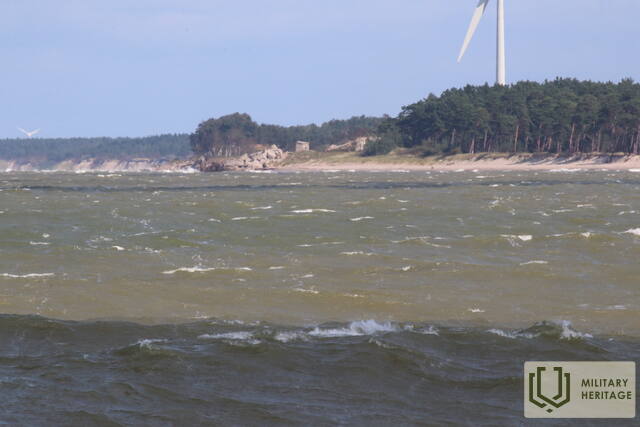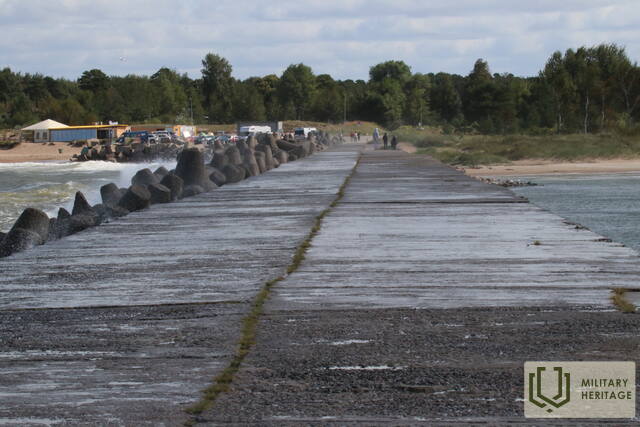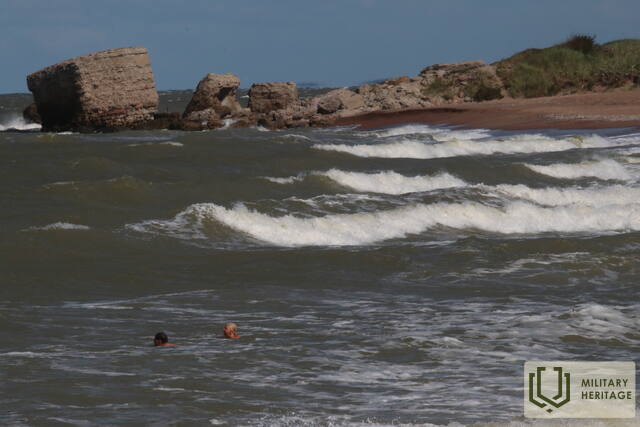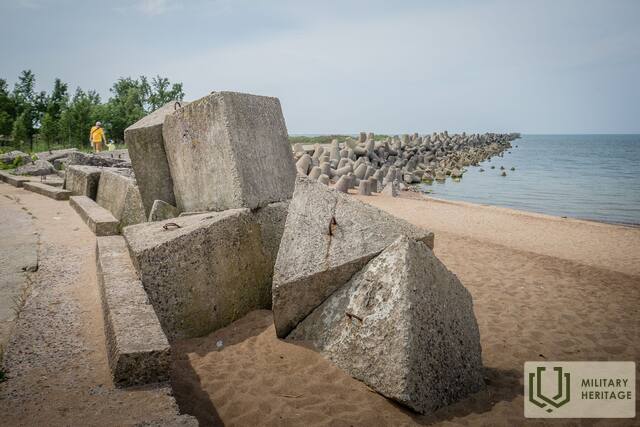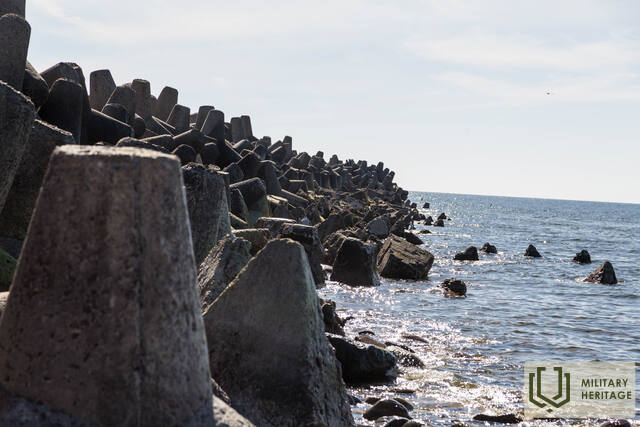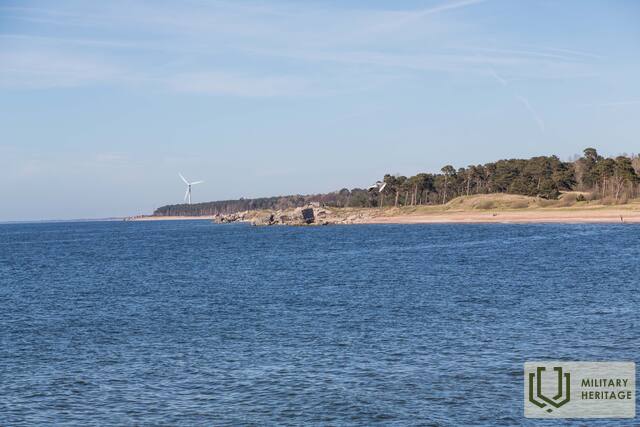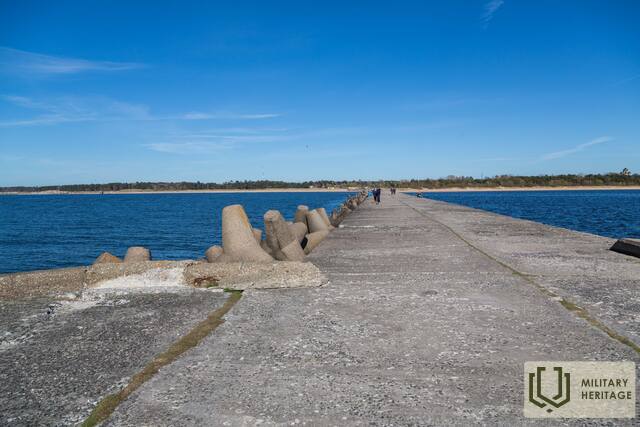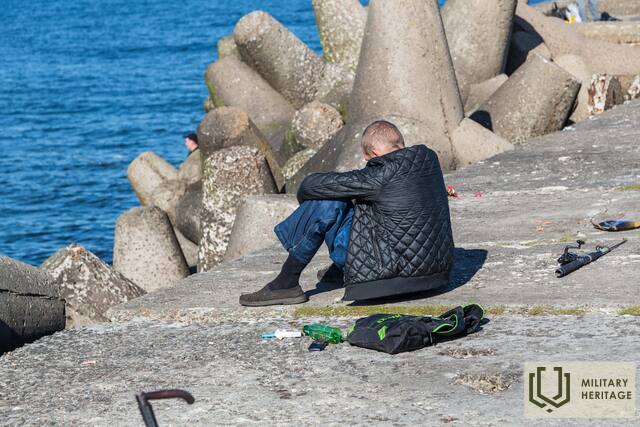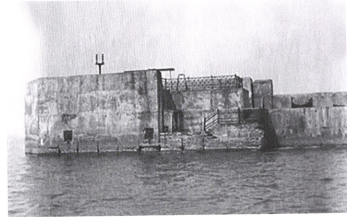North Pier and Battery No.3 in Karosta
Infrastructure

The longest pier in Latvia - the Northern Pier - was built at the end of the 19th century as a very important part of the Liepaja Sea Fortress and military port. The length of the pier is 1800 metres, the width - 7.35 metres.
The Northern Pier is one of the first port structures of Emperor Alexander III, built between 1890 and 1892 before the excavation of the Karosta Canal. Together with the North Breakwater, the South Breakwater and the South Pier, the pier formed the outpost of Liepaja.
Liepaja Fortress Battery No 3 was located next to the North Pier of the Karosta and was planned to be the largest in terms of armament. Platforms were built for four 6-inch (152 mm) guns of the 1892 model of the Canet system, five 11-inch (280 mm) guns of the 1887 model and two 57 mm Nordenfeld anti-tank guns, as well as 18 9-inch (229 mm) guns and mortars.
Today, Battery 3 is most affected by the prevailing south-north sea current, which creates a whirlpool effect behind the North Pier, resulting in the washouts of the gun platform foundations.
The North Pier protects the Liepaja harbour area from North Westerly winds. It is a favourite place for residents and visitors to Liepaja to watch sunsets, fish and watch the sea in different weather conditions. Especially spectacular during storms.
There is ample parking at the North Pier. There are also restrooms and a café with a unique sea view.
Used sources and references:
liepāja.travel
www.karostascietums.lv
Related timeline
Related topics
Related stories
Soviet aviation raids on the outskirts of Liepaja in October and December 1944
At the end of World War II, the German forces in Courland were able to successfully defend themselves for seven months, as the German Navy maintained combat capability until the end of World War II and supplied Army Group North and later Army Group Courland. The main port was Liepaja, through which 80% of all cargo was delivered and shipped. Liepaja thus became an important target for the Soviet Baltic Navy and long-range aviation.
German army radar post in Ulmale
The German armed forces deployed radar stations in several locations, which allowed much earlier identification of enemy aviation activity in the Kurzeme area.
German army radar post in Jūrkalne
In order to protect the Kurzeme coast from a possible Soviet or even Western Allied attack, the German armed forces deployed radar stations in several locations, which allowed for a much earlier identification of enemy air activity. One of them was installed at Jūrkalne




